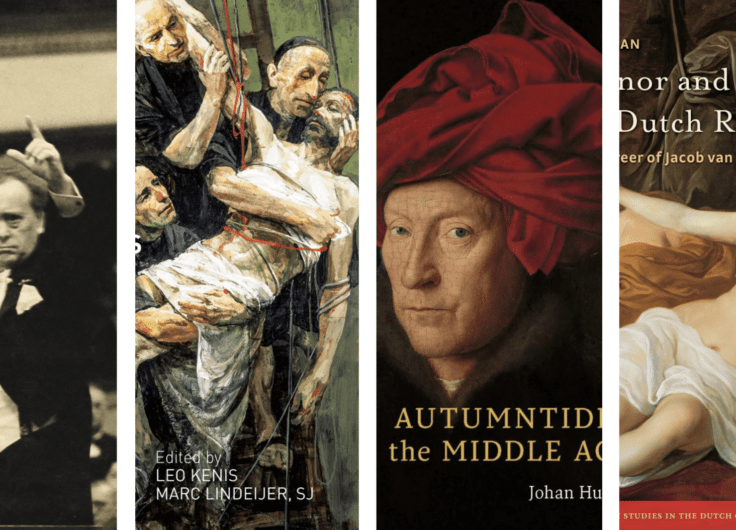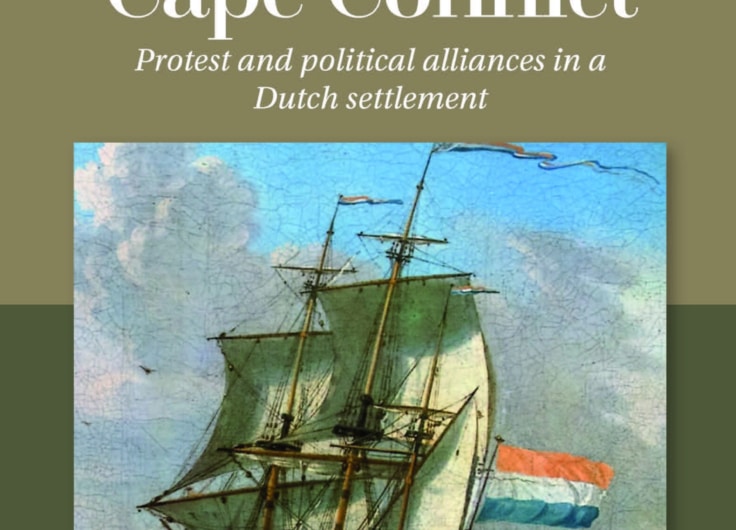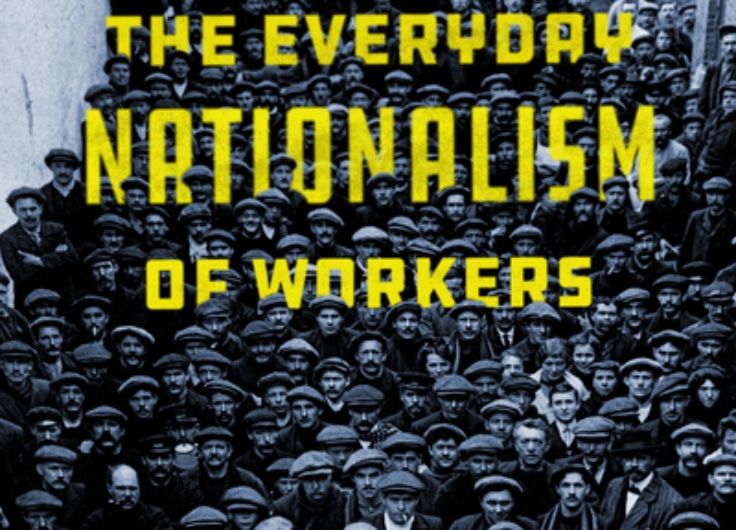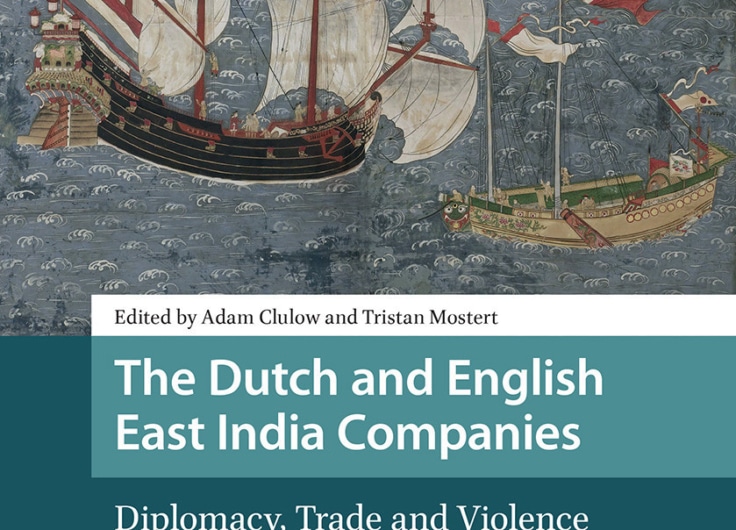Harvest of the University Press (winter 2021)
Universities all over the world publish academic monographs and scientific journals on the Low Countries. In this article, we present you with a selection of recent university press publications in English.

The Netherlands in a Nutshell – Highlights from Dutch History and Culture, Revised Edition
Commissie Herijking Canon van Nederland
This richly illustrated book presents a global overview of the key events and themes in Dutch history and culture: a choice of fifty key topics, or ‘windows’ into the country. Fifty important people, inventions and events which together show how the Netherlands has developed into the country that it is now. At the back of the book, there is an overview of the fifty ‘windows’, grouped in seven themes. This is a nice introduction for anyone who would like to make an acquaintance with this low country by the sea.

Revival After the Great War
Luc Verpoest, Leen Engelen, Rajesh Heynickx, Jan Schmidt, Pieter Uyttenhove, and Pieter Verstraete (eds.)
After the First World War, the many (European) countries that had formed its battleground were confronted with daunting challenges. These challenges varied according to the countries’ earlier role and degree of involvement in the war but were without exception enormous. The contributors to this book analyse how this was not only a matter of rebuilding ravaged cities and destroyed infrastructure, but also of repairing people’s damaged bodies and upended daily lives, and rethinking and reforming societal, economic and political structures.
These processes took place against the backdrop of mass mourning and remembrance, political violence and economic crisis. At the same time, the post-war tabula rasa offered many opportunities for innovation in various areas of society, from social and political reform to architectural design. The wide scope of post-war recovery and revival is reflected in the different sections of this book: rebuild, remember, repair, and reform. It offers insights into post-war revival in Western European countries, as well as into how their efforts were perceived outside of Europe.
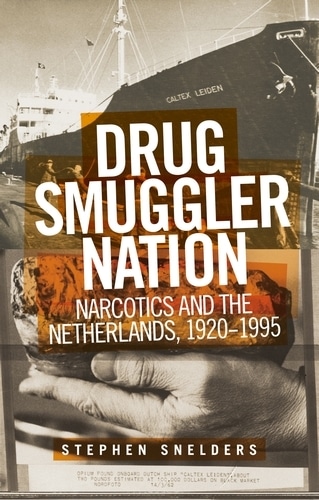
Drug smuggler nation – Narcotics and the Netherlands, 1920–1995
Stephen Snelders
Why did the international drug regulatory regime of the twentieth century fail to stop an explosive increase in trade and consumption of illegal drugs? This study investigates the histories of smugglers and criminal entrepreneurs in the Netherlands who succeeded in turning the country into the so-called ‘Colombia of Europe’ or, ‘the international drug supermarket’.
Networks of smugglers and suppliers of drugs were organized without a strict formal hierarchy and based on personal relations and cultural affinities rather than on institutional arrangements. These networks created a thriving underground industry of illegal synthetic drug laboratories and indoor cannabis cultivation in the Netherlands itself. Their operations were made possible and developed because of the deep historical social and cultural ’embeddedness’ of criminal anarchy in Dutch society. Drug smuggler nation investigates the deeper and hidden grounds of the illegal drug trade, and its effects on our drug policies.
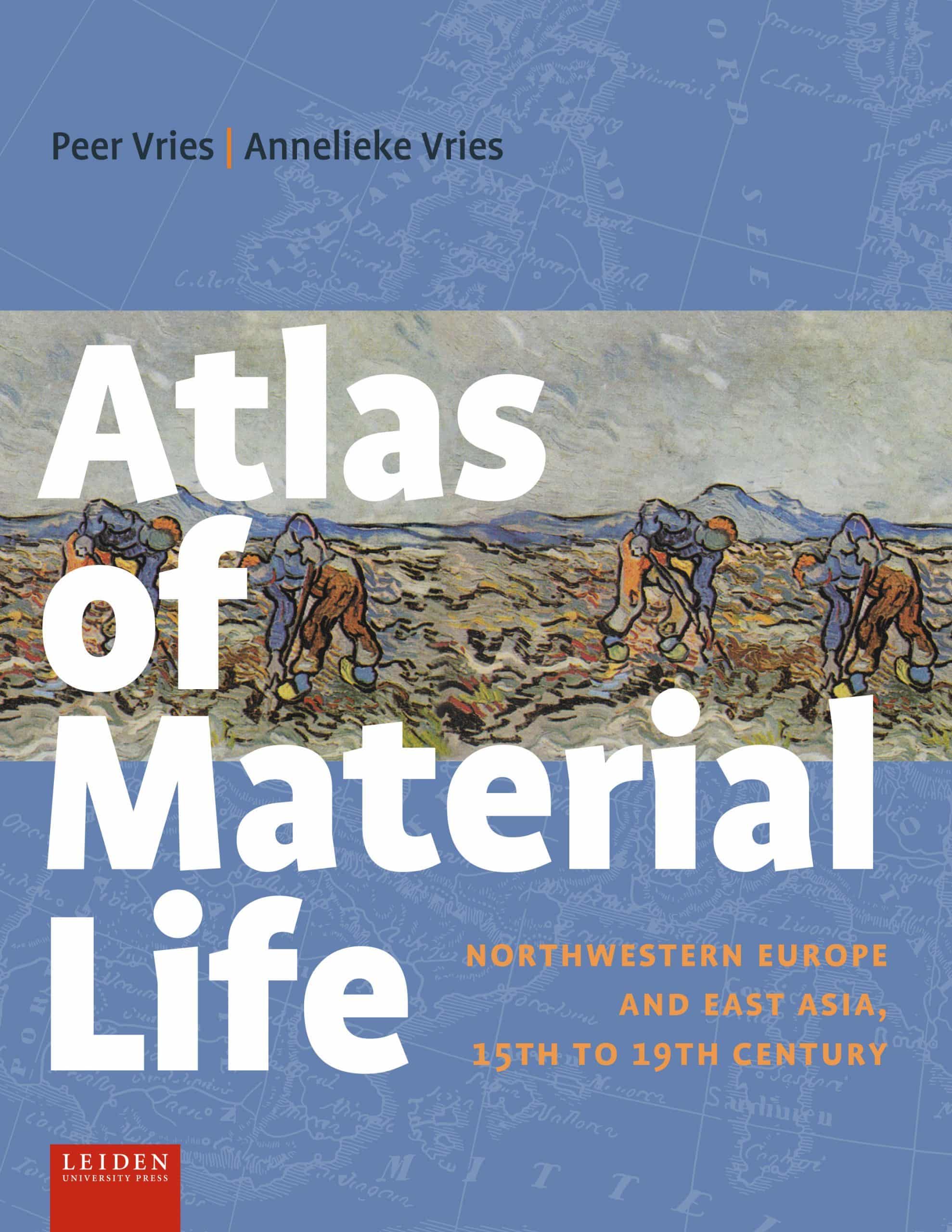
Atlas of Material Life – Northwestern Europe and East Asia, 15th to 19th century
Peer Vries and Annelieke Vries-Baaijens
This book provides a description of material life in North-western Europe and East Asia, for the period from the late fifteenth to the late nineteenth centuries, with a focus on developments in Great Britain and the Dutch Republic on the one hand and China and Japan on the other hand.
With maps, tables, graphs and figures, the book provides information on the main characteristics of the economic landscape of this period. It demonstrates the constraints to which all pre-industrial economies were subjected because of their dependence on organic natural resources but also the different ways in which the societies discussed dealt with those constraints.
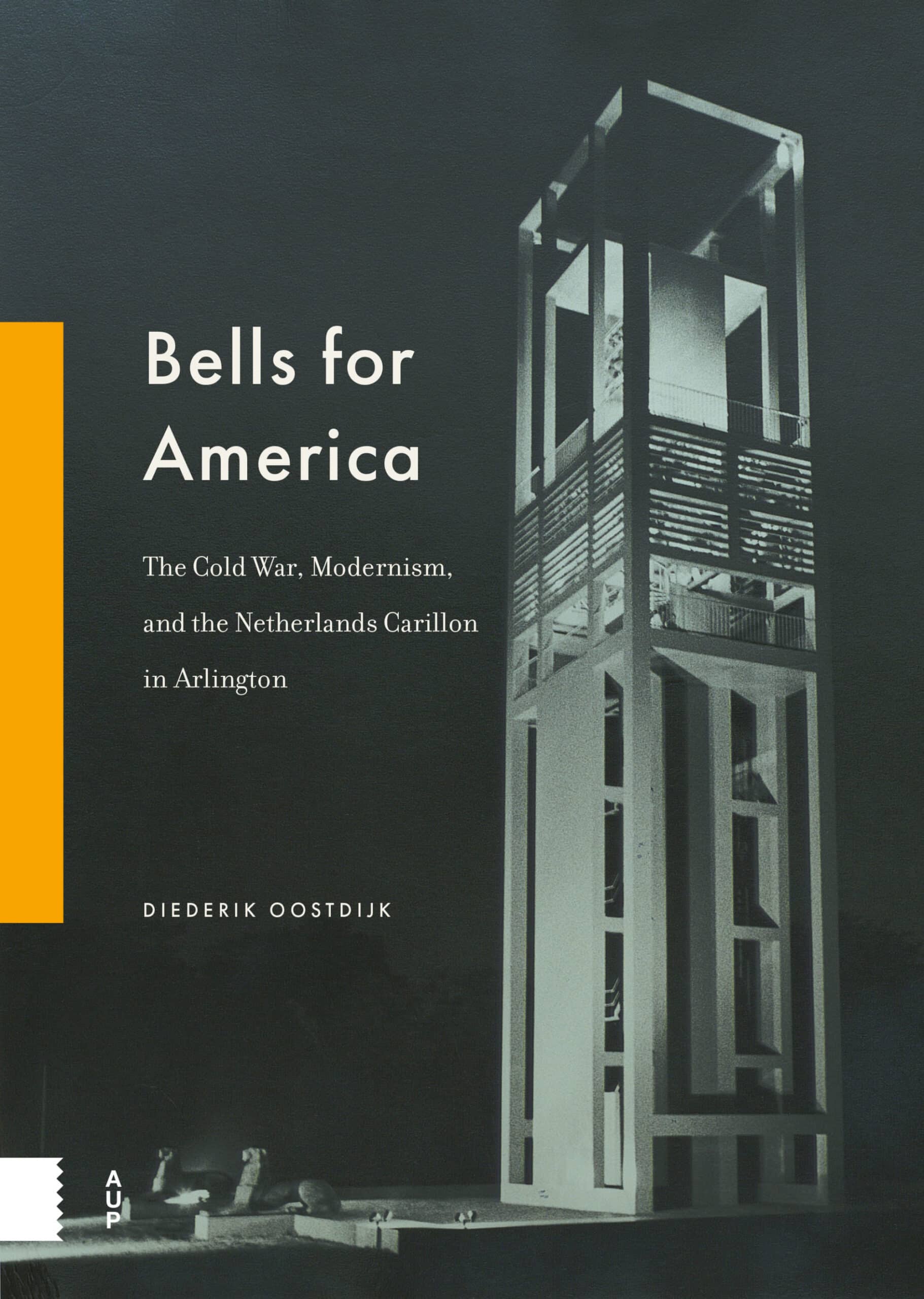
Bells for America – The Cold War, Modernism, and the Netherlands Carillon in Arlington
Diederik Oostdijk
The Netherlands Carillon stands out in the American memorial landscape. Situated between Arlington National Cemetery and the Marine Corps War Memorial, the modernist bell tower is at odds with its surroundings, much in the same way that its prominent place is at odds with its absence in American memory.Given to the United States in the 1950s by the Dutch government for America’s role in the Dutch liberation during World War II and for the Marshall Plan aid, the carillon owes its conspicuous placement to the Cold War.
Interweaving art history, campanology, landscape architecture, literature, musicology, and diplomatic history, Bells for America recounts how the Netherlands and the United States reconstructed their national identities and fostered an international relationship in the postwar era through public art.
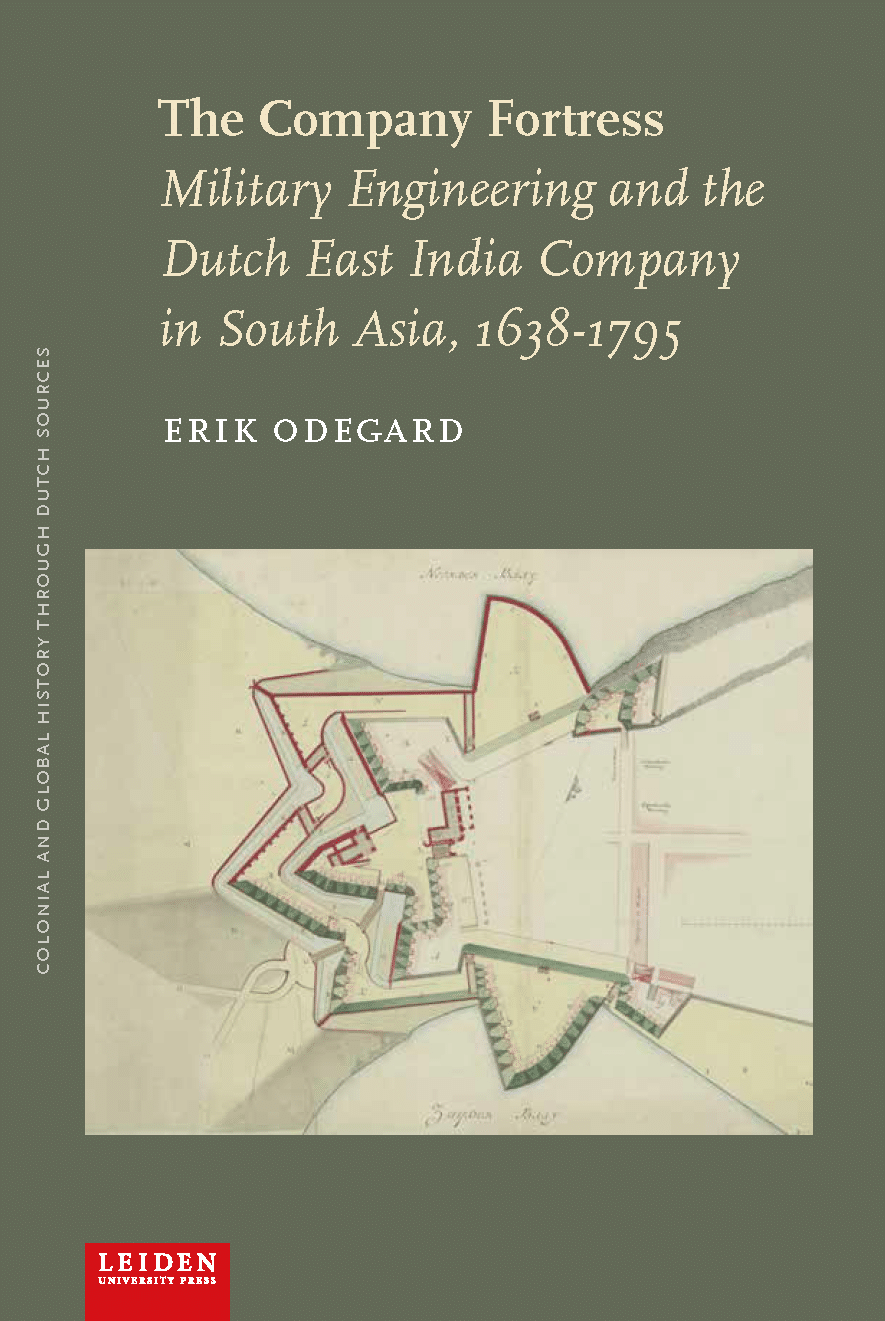
The Company Fortress – Military Engineering and the Dutch East India Company in South Asia, 1638-1795
Erik Odegard
The remains of Dutch East India Company forts are scattered throughout littoral Asia and Africa. But how important were the specific characteristics of European bastion-trace fortifications to early modern European expansion? The Company Fortress takes on this question by studying the system of fortifications built and maintained by the Dutch East India Company (VOC) in present-day India and Sri Lanka.
The book uncovers the stories of the forts and their designers, arguing that many of these engineers were in fact amateurs and their creations contained serious flaws. Subsequent engineers were hampered by their disagreement over fortification design: there proved not to be a single ‘European school’ of fortification design. The study questions the importance of fortification design for European expansion, shows the relationship between siege and naval warfare, and highlights changing perceptions by the VOC of the capabilities of new polities in India in the late eighteenth century.
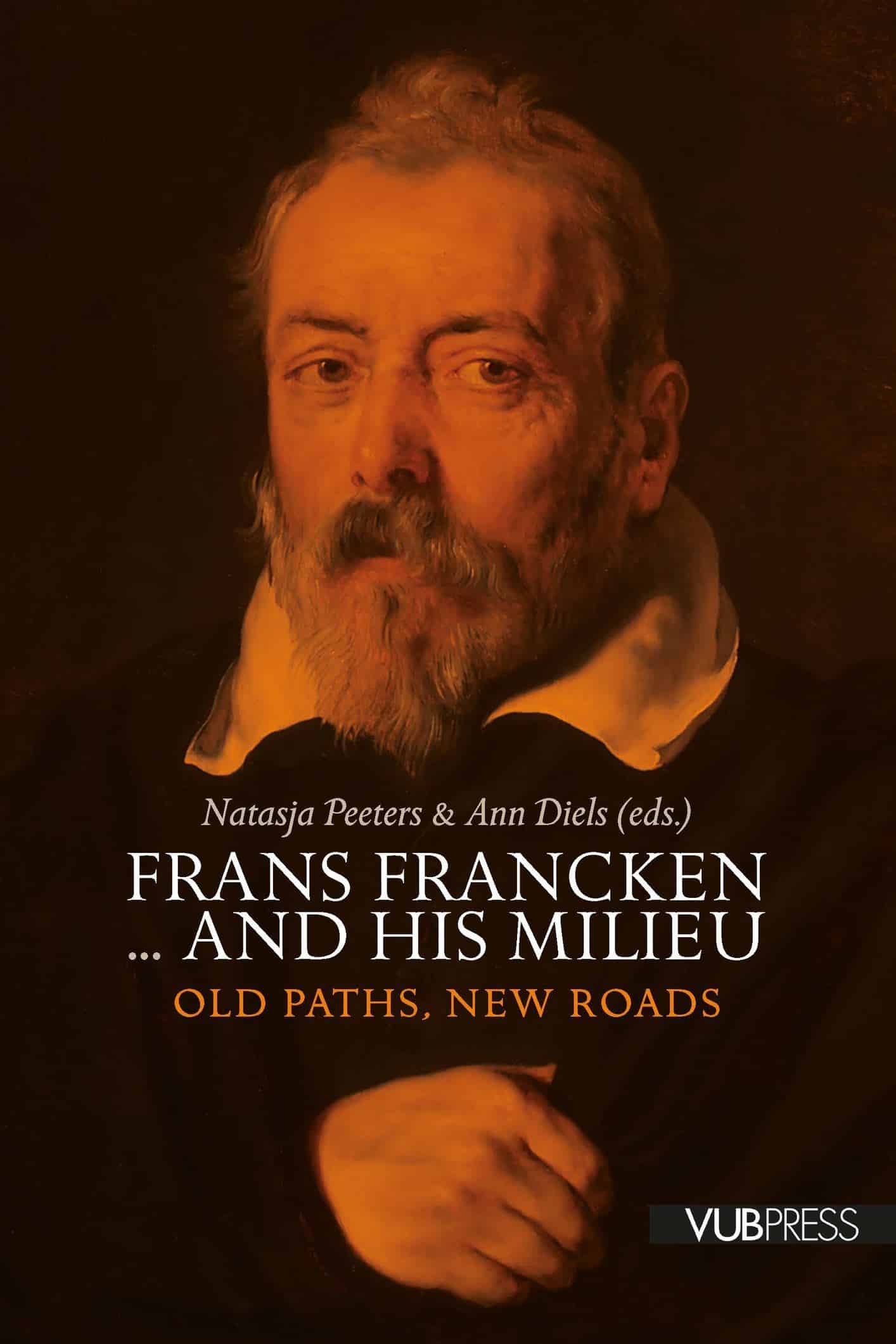
Frans Francken and His Milieu – Old Paths, New Roads
Natasja Peeters and Ann Diels (eds.)
In 2014 the conference ‘Frans Francken and his Milieu’ wanted to draw more attention to research into art in the Southern Netherlands during the late sixteenth century. Dedicating the symposium to one of the most productive history and portrait painters of that period, Frans Francken, opened the door to a range of research tracks.
This conference collection includes thirteen essays by national and international specialists in sixteenth-century art of the Netherlands, such as a case study on the late sixteenth-century ‘gothic revival’, the restauration report of Frans Francken’s famous Schoolmasters’ and Soapboilers’ altarpiece in Antwerp Cathedral, an in-depth building history reconstruction of Francken’s house and an analysis of his books based on his post-mortem inventory by Ria Fabri.
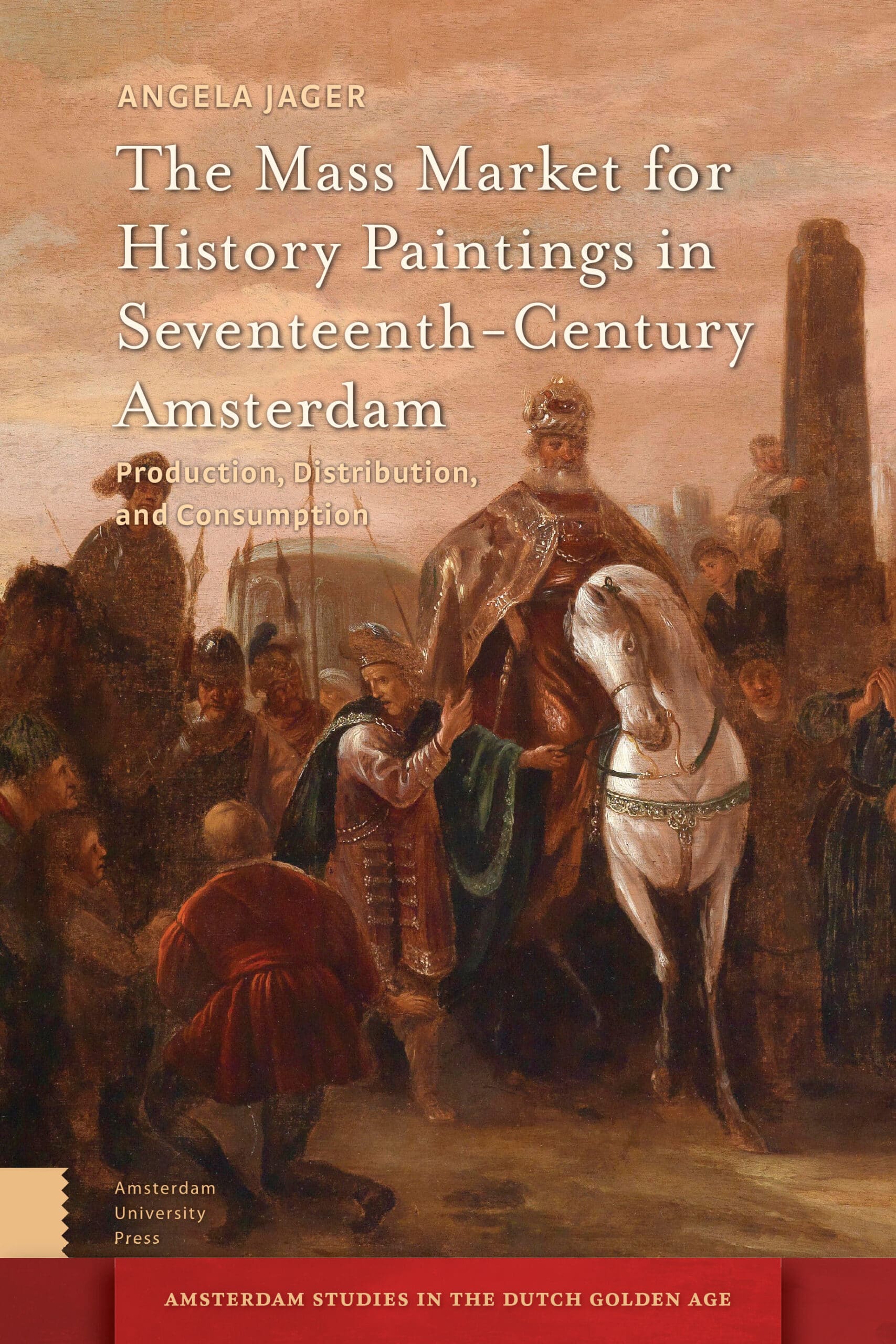
The Mass Market for History Paintings in Seventeenth-Century Amsterdam – Production, Distribution, and Consumption
Angela Jager
Millions of paintings were produced in the Dutch Republic. The works that we know and see in museums today constitute only the tip of the iceberg — the top-quality part. But what else was painted? This book explores the low-quality end of the seventeenth-century art market and outlines the significance of that production in the genre of history paintings, which in traditional art historical studies, is usually linked to high prices, famous painters, and elite buyers.
Angela Jager analyses the producers, suppliers, and consumers active in this segment to gain insight into this enormous market for cheap history paintings. What did the supply consist of in terms of quantity, quality, price, and subject? Who produced all these works and which production methods did these painters employ? Who distributed these paintings, to whom, and which strategies were used to market them? Who bought these paintings, and why?
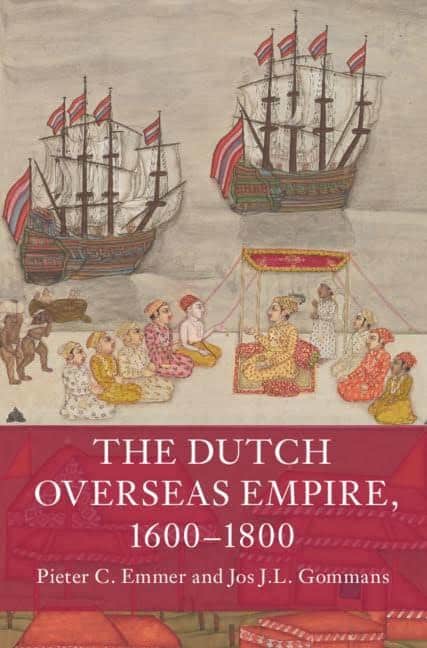
The Dutch Overseas Empire, 1600-1800
Pieter C. Emmer and Jos J.L. Gommans
How did the Dutch Empire compare with other imperial enterprises? And how was it experienced by the indigenous peoples who became part of this colonial power? At the start of the seventeenth century, the Dutch Republic emerged as the centre of a global empire that stretched along the edges of continents and connected societies surrounding the Atlantic and Indian Oceans. In the Dutch Empire, ideas of religious tolerance and scientific curiosity went hand in hand with severe political and economic exploitation of the local populations through violence, monopoly and slavery.
This pioneering history of the early modern Dutch Empire, over two centuries, for the first time provides a comparative and indigenous perspective on Dutch overseas expansion. Apart from discussing the impact of the Empire on the economy and society at home in the Dutch Republic, this book also offers a fascinating window into the contemporary societies of Asia, Africa and the Americas and, through their interactions, on processes of early modern globalisation.


